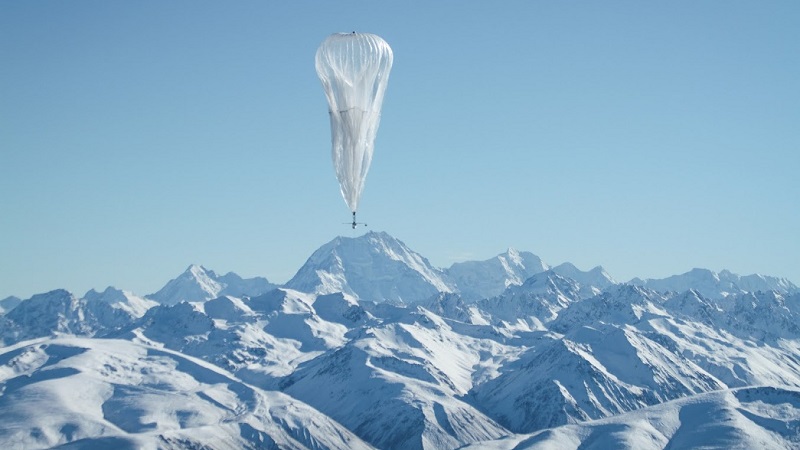Alphabet’s Project Loon is a hugely ambitious endeavor. Through the use of giant balloons, its main aim is to provide internet to all who fall in the catchment areas of a balloon floating overhead – beamed down to antennas on the ground.
While that is a challenge in itself, the company (the rebranded umbrella entity for Google) is hoping to have as many as 300 balloons in a line around the globe by the end of next year.
Mike Cassidy, vice-president of Project Loon, told the BBC that he hopes to make the first interconnected ring around earth in 2016, which is why 300 floating internet relays are needed.
“[We need] about 300 balloons or so to make a continuous string around the world. As one moves along with the wind out of range, another one comes to take its place. We hope next year to build our first continuous ring around the world, and to have some sort of continuous coverage for certain regions. And if all goes well, then after that we will start rolling out our first beta commercial customers,” he told the BBC.
Those first beta commercial customers have already been announced, and Cassidy’s comment come after mobile operators Indosat, Telkomsel and XL Axiata in Indonesia have been selected for the trial run.
“The Indonesian tests will form part of the foundation for our longer term goal of providing a continuous ring of connectivity in partnership with mobile network operators around the globe and, hopefully, bringing the power of the Internet to millions of individuals, wherever they are, for the very first time,” Project Loon explained in a blog post.
Indonesia seems like the perfect place to test the technology, as the country is made of over 17 000 islands, and installing and maintaining mobile phone towers across all of them are virtually impossible.
As the project moves closer to becoming a global reality, Cassidy also said that process of launching these balloons have become a lot easier.
“In the early days, the balloons would last five or seven or 10 days. Now we have had balloons that have lasted as long as 187 days. It used to take 14 people an hour or two to launch a balloon, now with an automated crane we can launch a balloon every 15 minutes with two or three people,” he said.

